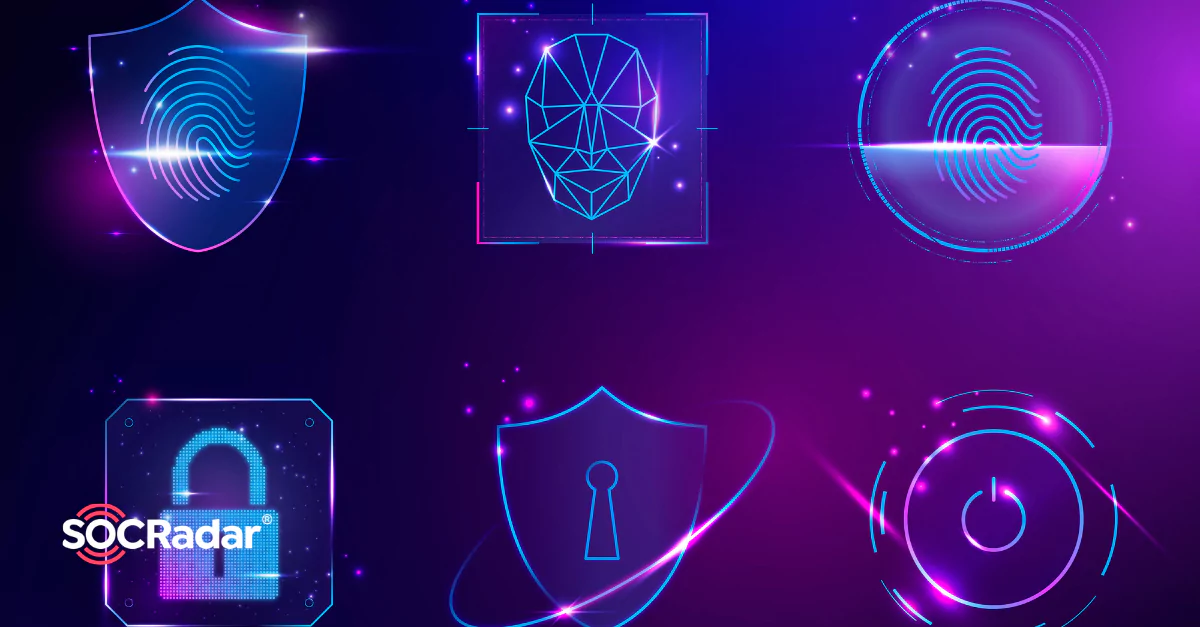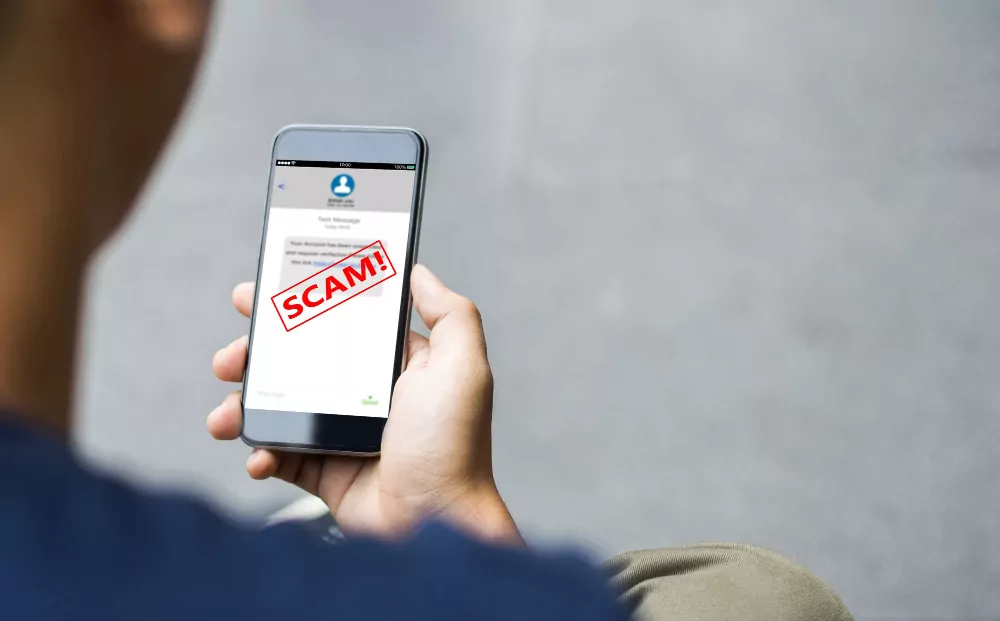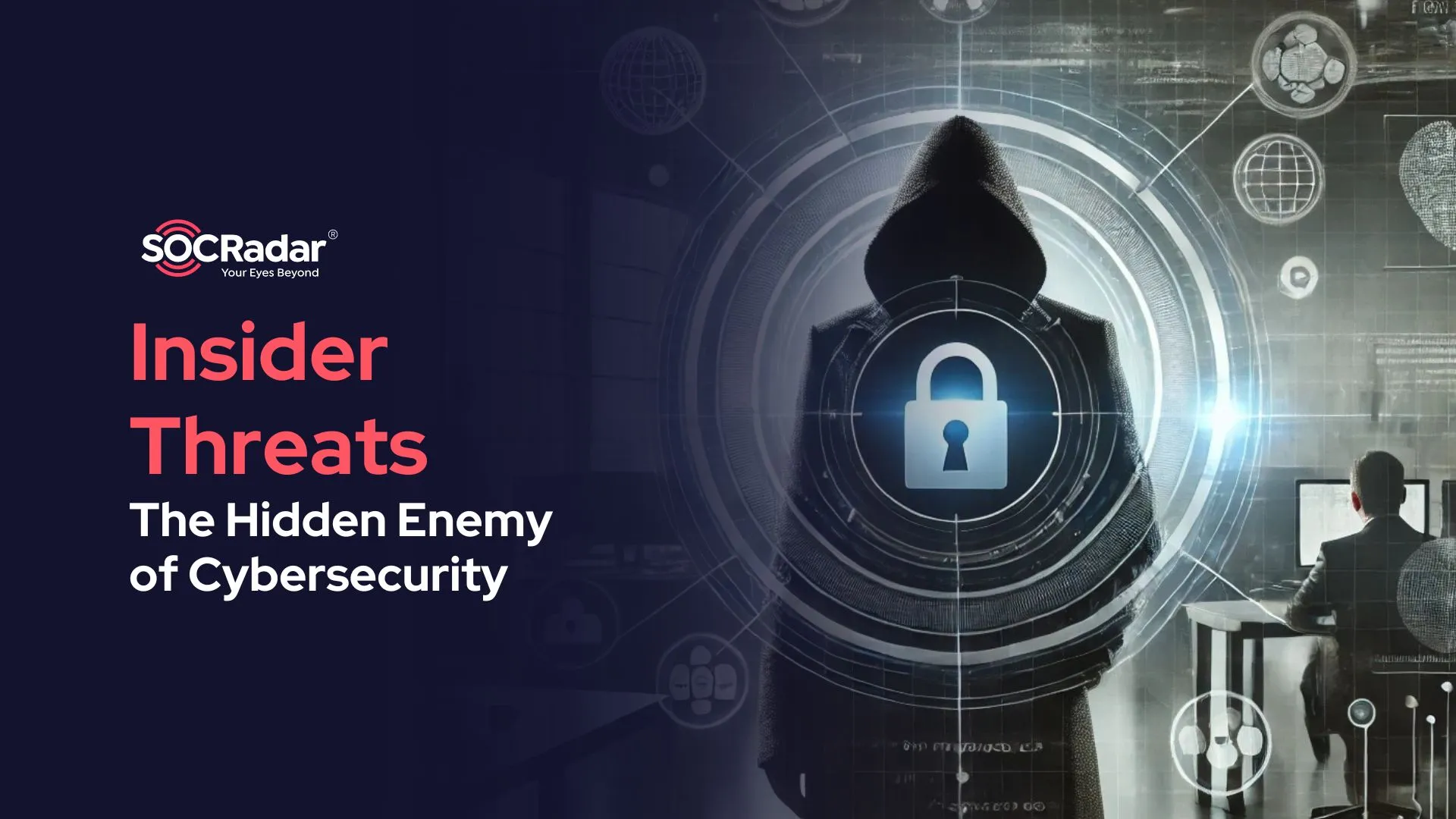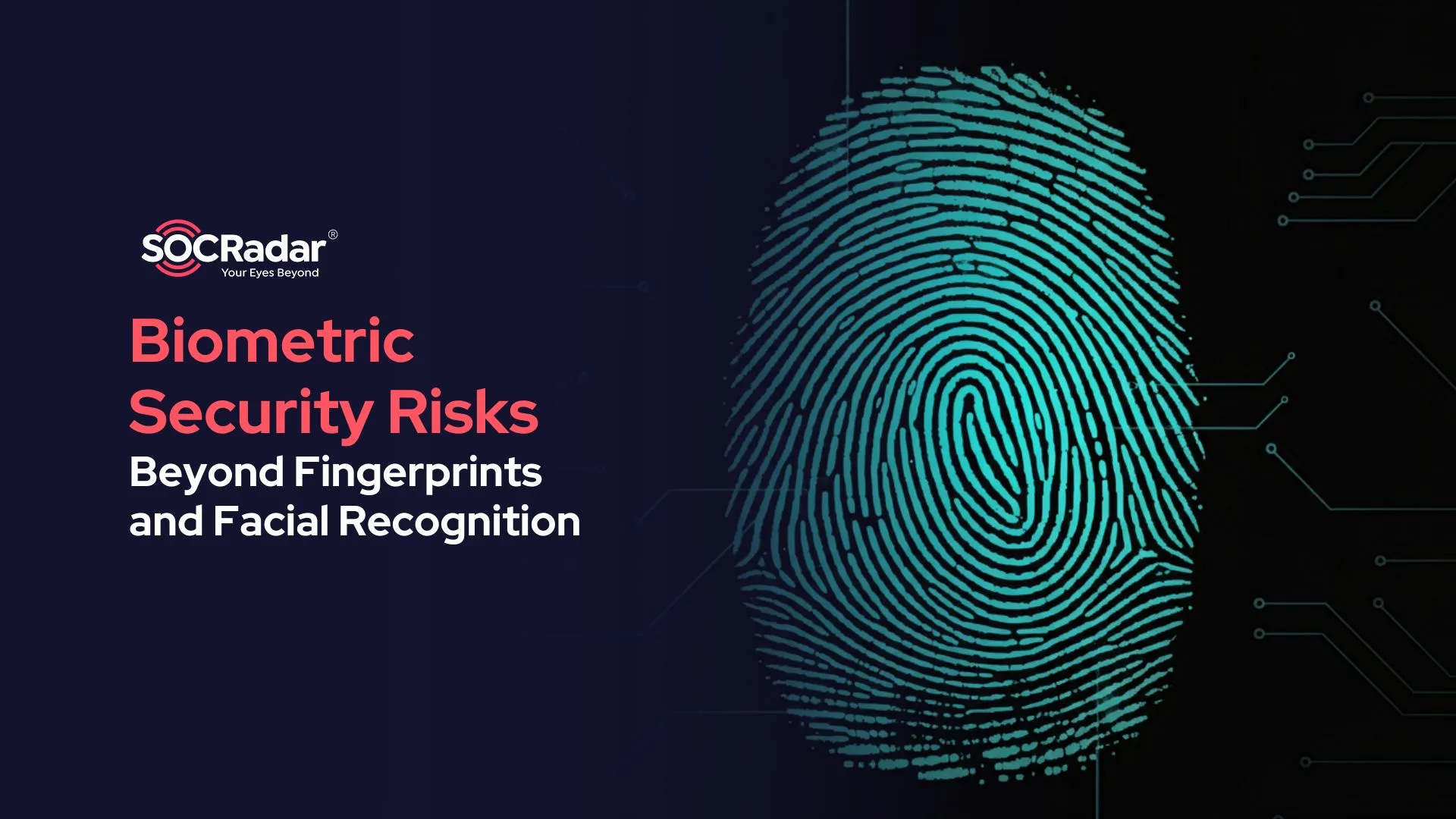
What is a Smishing Attack?
Smishing is a fraud in which thieves send an SMS to a victim posing as a bank or organization to acquire personal information. SMS (short for “short messaging services”) and “phishing” are combined in the phrase “smishing.”
The majority of the world’s 3.5 billion cell phones can receive text messages from any number on the planet. Many consumers are already aware of the risks of clicking a link in an e-mail message. The hazards of clicking links in text messages are less well known.
Features of Smishing Attack

Even though many victims do not associate phishing scams with personal text messages, threat actors may obtain your phone number far simpler than your email address. There are just so many alternatives with phone numbers — a phone number in the United States is ten digits long.
In contrast, an email address is not constrained in terms of length. However, there is an acceptable amount of characters to expect. In email messages, numbers, letters, and symbols, such as -!, #, and %, can be included. It’s far easier to connect with a victim using ten random digits than using an email address.
Any combination of digits the same length as a phone number can be used by the hacker to send messages.
Smishing is typically profitable for attackers phishing for passwords, financial information, and private data since users trust text messages.
How to Identify a Smishing Attack
Many attackers employ automation to send text messages to several people using an email address to escape detection. Caller ID frequently displays a phone number that directs you to an online VoIP service like Google Voice, where you can’t search up the number’s location.
As social engineering tactics are used in this sort of scam, criminals try to contact victims in various ways to persuade them that the message is real and that quick action is required. The majority of them rely on a sense of urgency.
Smishing attackers can affect a victim’s decision-making via social engineering techniques. Three reasons are at the root of this deception:
- Trust: Cybercriminals lessen their target’s suspicion by impersonating respectable persons and organizations. SMS messages reduce a person’s natural defenses against attacks as a more intimate communication channel.
- Context: An attacker can create an effective disguise by using a relevant circumstance to the victim. The message has a personalized feel, which helps it overcome spam suspicions.
- Emotion: Attackers can bypass their target’s critical thinking and urge them to take quick action by raising their feelings.
Threat actors use these strategies to craft communications that compel the receiver to act.
Typically, the attackers want the receiver to click on a URL link within the text message, which will take them to a phishing tool that will ask for personal information. This phishing tool is usually in the form of a website or app that also pretends to be someone else.
What is Vishing?
Vishing is a type of cybercrime that uses the phone to obtain victims’ personal information. Cybercriminals utilize clever social engineering strategies to persuade victims to act, handing away sensitive information and access to bank accounts, known as voice phishing.
Like phishing and smishing, vishing depends on convincing victims that answering the caller is the proper thing to do. The caller will frequently impersonate the government, the tax department, the police, or the victim’s bank.
Cybercriminals make victims feel like they have no choice but to deliver the information requested using threats and persuasive language. Some cybercriminals employ threatening rhetoric, while others claim to be assisting the victim in avoiding criminal penalties. Another frequent strategy is to make threatening voicemails warning the listener that if they don’t call back right away, they risk being jailed, having their bank accounts frozen, or worse.
Discover SOCRadar® Free Edition
With SOCRadar® Free Edition, you’ll be able to:
- Discover your unknown hacker-exposed assets
- Check if your IP addresses tagged as malicious
- Monitor your domain name on hacked websites and phishing databases
- Get notified when a critical zero-day vulnerability is disclosed
Free for 12 months for 1 corporate domain and 100 auto-discovered digital assets.
Try for free


































